Bridge of Spies
 Scott Pfeiffer
Scott Pfeiffer  Tuesday, November 10, 2015 at 06:07PM
Tuesday, November 10, 2015 at 06:07PM 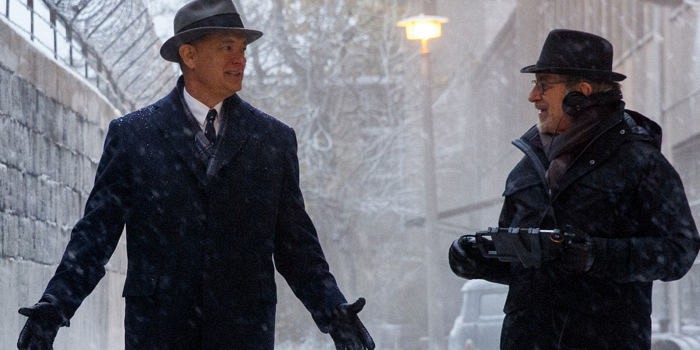
A film in many ways about patience, Bridge of Spies is itself a patient movie, its tone measured. That said, this long film, clocking in at just a few minutes shy of two-and-a-half hours (which actually seems to be the mark Steven Spielberg aims for, at least for his movies for grownups), almost never feels its length, moving lightly, briskly on its feet across its running time. The movie is stately, but never ponderous. Even in his serious-entertainment mode, Spielberg never lets the emphasis stray too far from the entertainment. It's a commercial product that's also a work of art.
Along with Clint Eastwood, Spielberg is perhaps the last of the classicists, and Bridge is, in form, a classic Cold War espionage thriller. Like Eastwood, Spielberg is a consummate, efficient visual storyteller; like Eastwood, he leaves breathing room for experiment and purely formal pleasures. The style of both men is, by now, serene. Unabashedly old-fashioned moviemakers, both risk being thought corny in modern terms. As the Nation's Stuart Klawans has pointed out, Spielberg's overarching theme might be "heartfelt...admiration for modest, ordinary people who do their jobs well."
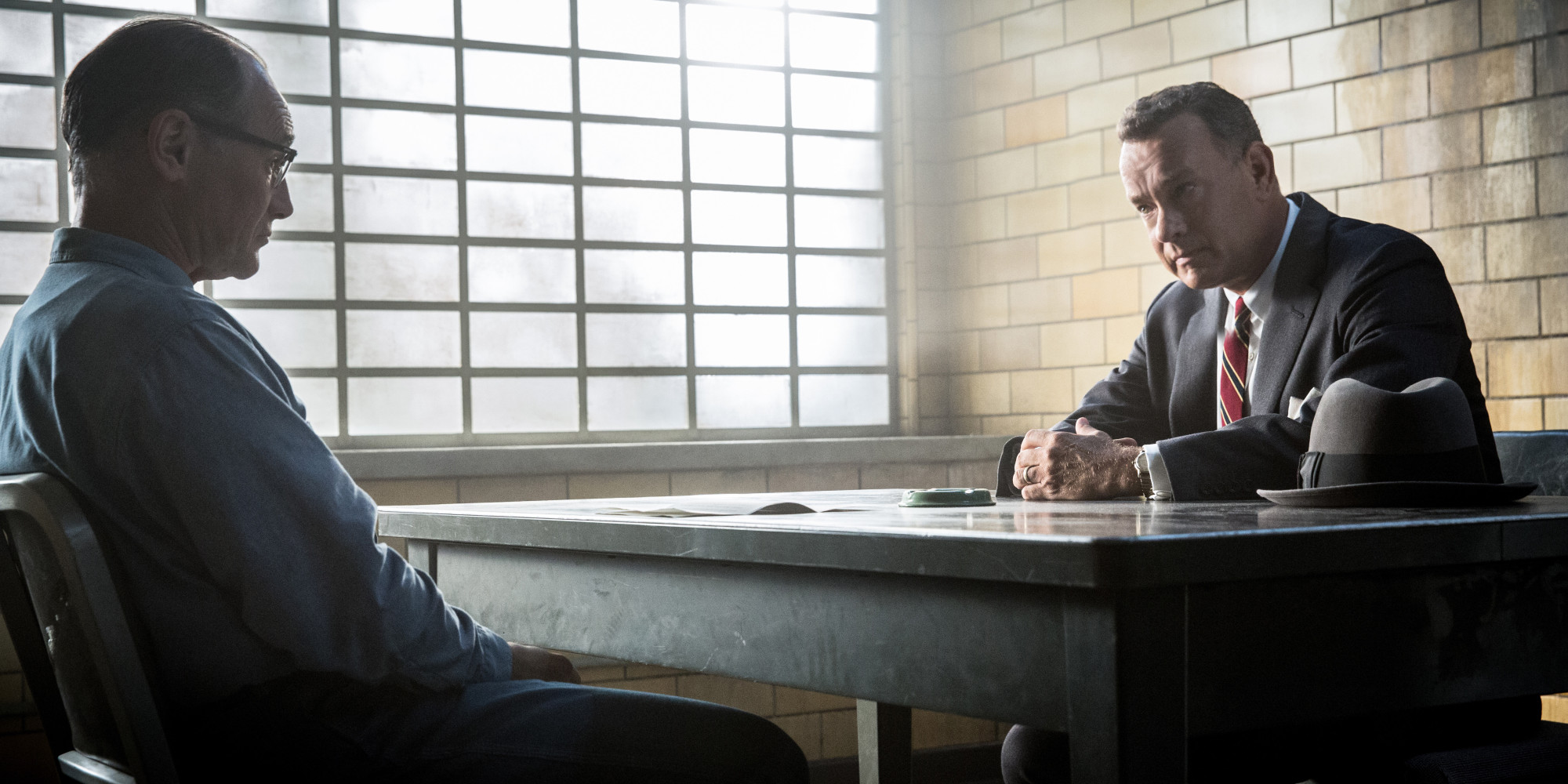
There is much here for connoisseurs of cinema to enjoy. The movie is the work of people who are the best at what they do in the cinematic arts, doing it well. I never tire of the way Spielberg's frequent cinematographer, Janusz Kaminski, paints in diffuse light. Kaminski's palette is cold, even wintry, as befits a Cold War story. His Berlin is so cold it's almost bluish-white. The film was cut by Michael Kahn, who has edited basically every one of Spielberg's films since Close Encounters in 1977. The subtly suspenseful music is by Thomas Newman, who also composes for James Bond films. The screenplay was written by Matt Charman and given a "punch-up," in Charman's words, by co-writers Ethan Coen and Joel Coen. The Coen Brothers' Kafkaesque world view is particularly well-suited to negotiation scenes in East Berlin and search for the elusive Vogel (Sebastian Koch).
There is a moment in what I think of as the "What is this?" scene that embodies everything I like about Bridge of Spies. The time is circa 1957. Someone has fired a gun into the living room of James Donovan, an apolitical, stalwart, wily insurance company lawyer portrayed by Tom Hanks, because he has stepped up to represent an accused Soviet spy, Colonel Rudolf Abel. It would, I suppose, be the equivalent of representing an accused intelligence agent for Isis or Al-Qaeda today (with some important differences: the Cold War was mainly a lot of mutually beneficent hot bluster, on both sides.) There is a climate of fear, an atmosphere in which citizens fear imminent destruction of all the hold dear by Soviet invasion. Citizens were all too ready to cede certain rights for certain people. Donovan is not having it. Just by virtue of quietly insisting on doing things by the rules, he becomes heroic.
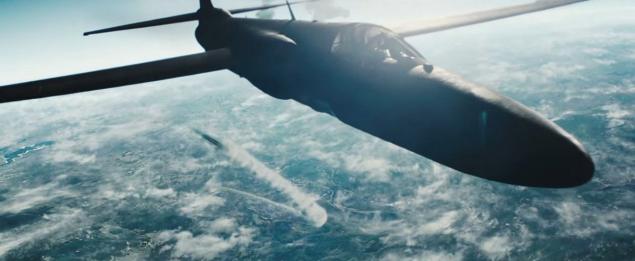
The police are on the scene, but one officer isn't shy about voicing his unhappiness about being on this detail. Still, when Donovan addresses him, he does so respectfully: excuse me, officer? You can almost feel the respect for the uniform and the institution in the way Hanks says it. Only when he gets a response along the lines of, why should we protect your house when you're defending this scumbag (I paraphrase)?, when he sees that this man is going to let his personal views get in the way of his oath to uphold the law, does Donovan register a pained, "What is this?" In the way Hanks says the words, you can feel how Donovan is surprised and offended on at least two levels: that he has to argue with this officer of the law man over American principles such as due process and the right of everyone to a fair trial, and also because it's a violation of professional police work.
Donovan expects the rules to be upheld. Where they are not, he insists on it. He is angry when that are violated. When we violate our own best selves, we don't need outsiders to do it for us. Hanks is ideally cast in the role of Donovan. He's an old-style Hollywood star both in terms of consummate acting chops and in the way a Hanks performance is always a dialectical product of the character versus his persona, a persona that embodies American intelligence and decency, humor and integrity. Hanks somehow entrusts those qualities for us, the audience, and this is a quality he shares with the very best American artists, such as Bruce Springsteen.
The great English stage actor Mark Rylance plays Colonel Abel, a Soviet operative who really did live, paint and spy in Brooklyn Heights. (Rylance is hot off of playing Thomas Cromwell in the BBC miniseries version of Wolf Hall, which I can't wait to see.) He gives us a quiet man with haunted eyes and a deep core of inner strength and an almost Buddha-like level of patience. His sense of humor is so dry you could almost miss it, but it tickles Donovan. Abel is a man of integrity, gentle. He is guilty, not that this is relevant to Donovan. Given his druthers in life, one gets the impression that Abel would probably have preferred to live out his life quietly painting.
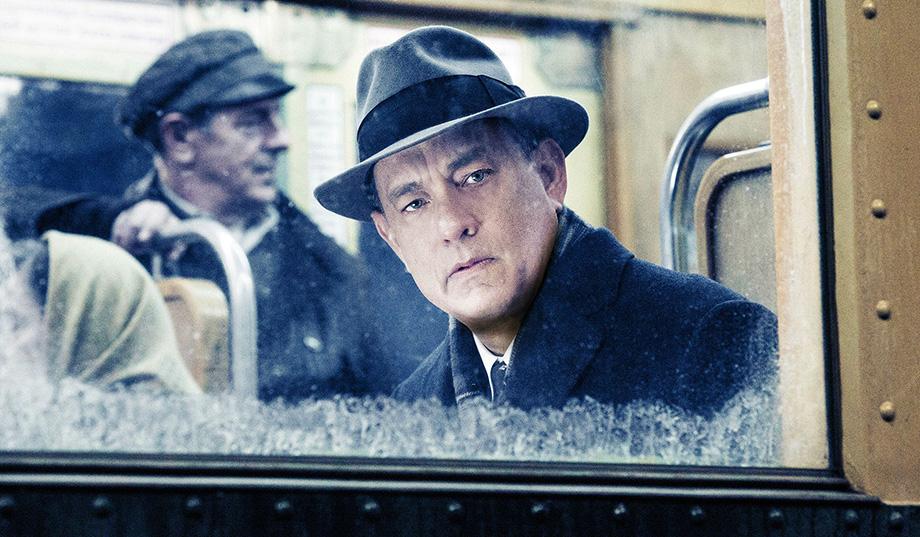
There is something else Spielberg and Eastwood have in common: despite their reputations for myth-making or flag-waving, for giving us heroes burnished in their rosy, glowing images of history, they both actually give us something more interesting. They give us patriotism as a river that flows both ways. This is not a vision where America is on the side of the angels, always, nor its foes on the side of Satan. Rather, both sides are made up of everyday people, more or less cynical, more or less idealistic, acting in what they perceive to be in their country's interests.
(There were, of course, some important differences between the way the U.S. and the Soviets did things, and in fact the film is, in part, about those differences, a reminder about the importance of those differences, which is why its hero can be a lawyer: we don't do show trials. Although, even there, Bridge carries intimations of the Rosenbergs.)

In form, Bridge makes sure to parallel the spying activity of the US and the Soviet Union. For Colonel Abel's spying, we meet a young team of pilots recruited to pilot surveillance missions in new, "ultra high-altitude" U-2 spy planes. In 1960 the Soviets shoot down a U-2 plane piloted by Francis Gary Powers (Austin Stowell) while he's flying just such a surveillance mission over the Soviet Union, taking photographs from the skies.
Donovan had expected the eventuality that one of our spies would someday be captured. This had, in fact, been one of his arguments in his (successful) bid to keep Abel from the electric chair: one day we might need to make a trade. He is tapped by none other than Allen Dulles, head of the CIA (Peter McRobbie), to negotiate the trade: our spy for theirs. Powers for Abel. The droll scene between Dulles and Donovan may put you in mind of a scene in another Cold War picture, North by Northwest, with Cary Grant and Leo G. Carroll: FBI, CIA... we're all in the same alphabet soup.
Rating: ****
Key to ratings:
***** (essential viewing)
**** (excellent)
*** (worth a look)
** (forgettable)
* (rubbish!!)
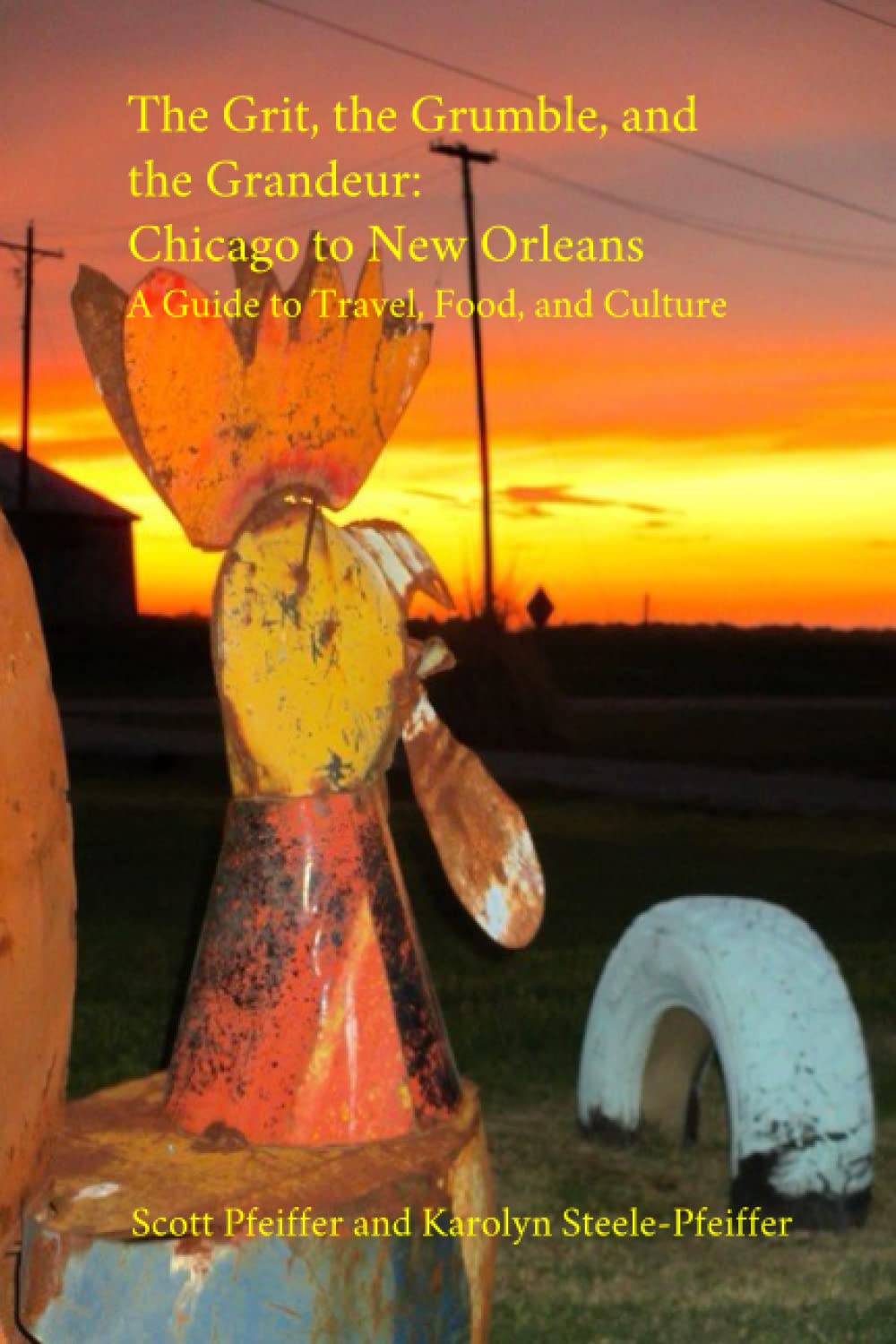

Reader Comments